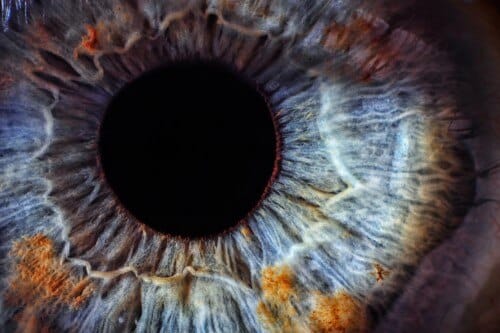The application of material architecture inspired by nature, such as the architecture of the material layers in the wings of the butterfly, in the structure of the tendon and even in the human eye, allows the creation of products with greater mechanical strength, innovative refractive properties, and more powerful optical capabilities

In search of medical solutions for various vision problems, researchers from the Rose-Hulman Institute in the USA have developed an artificial lens that mimics the human eye. This polymer lens, which consists of thousands of nano layers, may in the future be a replacement for people with various lens vulnerabilities, but also as a source of surveillance technologies.
The application of material architecture inspired by nature, such as the architecture of the material layers in the wings of the butterfly, in the structure of the tendon and even in the human eye, allows the creation of products with greater mechanical strength, innovative refractive properties, and more powerful optical capabilities.
The technology behind the lens developed at the Rose Hulman Institute (in collaboration with PolymerPlus) is called GRIN (Gradient Refractive Index Optics). In GRIN technology, light is refracted at different angles as it passes through the lens, unlike normal lenses in which the light rays are always refracted in the same way, depending on the shape of the lens.
The researchers followed the structure of the human lens and built a polymer lens, which consists of thousands of nano-layers. Each nanolayer has slightly different optical properties, to create a lens that gradually changes the refractive index, thus changing the refractive properties of the entire lens.
The GRIN lens is more similar to the human eye than any other artificial lens. The light rays that pass from the front of the lens to the human eye are refracted at different angles. This is a very efficient mechanism, which allows control of the light path without a complex optical system.
Optics based on GRIN technology can be used to miniaturize medical imaging systems, or as implanted lenses with a higher refractive index, for example as a replacement for the lenses used today in cataract surgery.
GRIN technology has been commercialized by Case Western Reserve Research Laboratories and is now under development at PolymerPlus.
Source of knowledge
